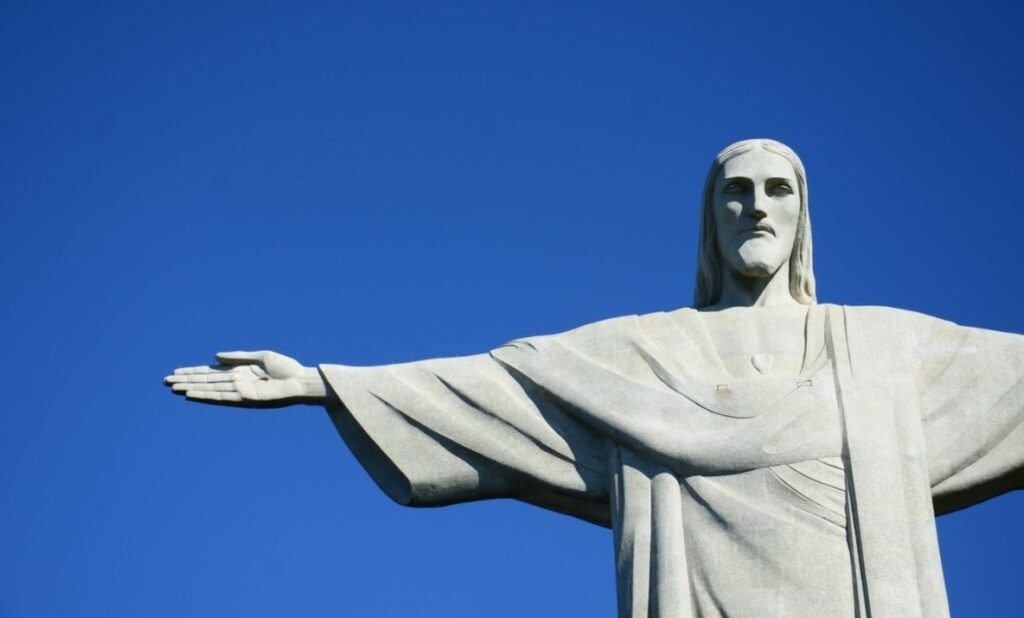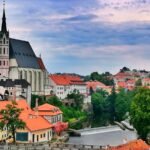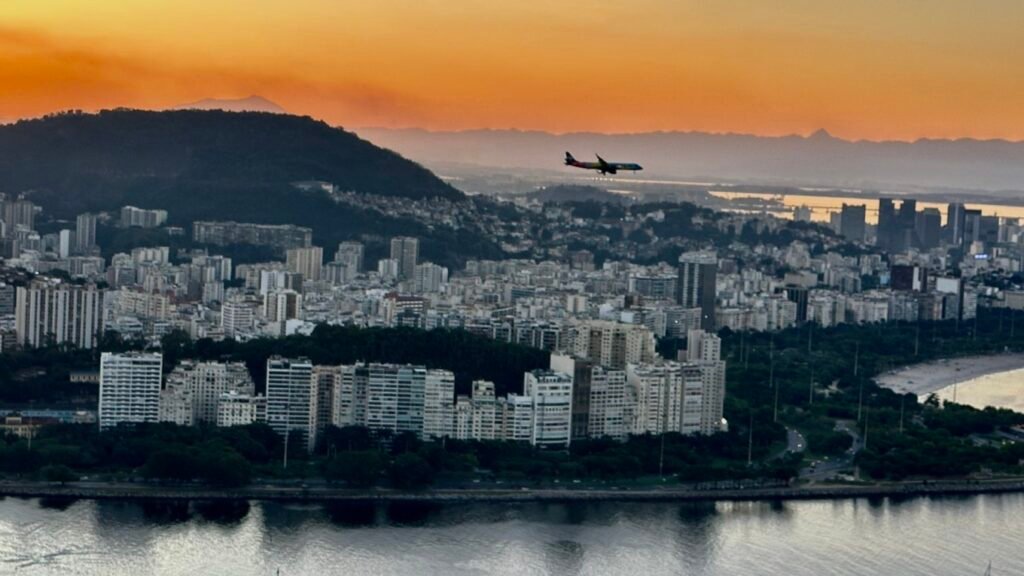

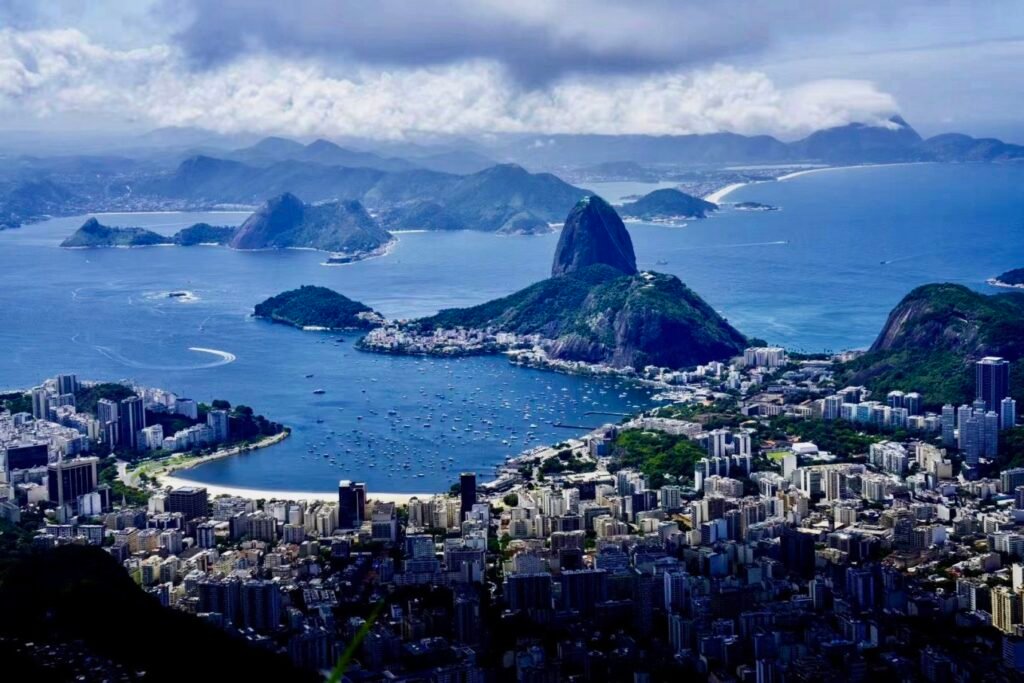
Sugarloaf Mountain (Pão de Açúcar)
Sugarloaf Mountain isn’t that tall, with its peak only reaching 395 meters (around 1,300 feet), but the views of Rio are unbeatable. The name is pretty straightforward too—because from a distance, it looks like a loaf of bread. Interestingly, there are actually two peaks: one stands tall like an upright loaf, while the other looks more like a loaf lying flat.
Legend has it that God took six days to create the world, and on the seventh day, He created Rio de Janeiro.
Rio de Janeiro, the second-largest city in Brazil, is located in the southeastern part of the country. The name comes from Portuguese, meaning “January River,” as January is the most beautiful time to visit Rio. The city is one of Brazil’s and South America’s most economically developed areas, known for being a major transportation hub and a center for information and communications, tourism, culture, finance, and insurance. Rio’s harbor is one of the top three natural harbors in the world, and the iconic Christ the Redeemer statue is not only a symbol of the city but also one of the New Seven Wonders of the World.
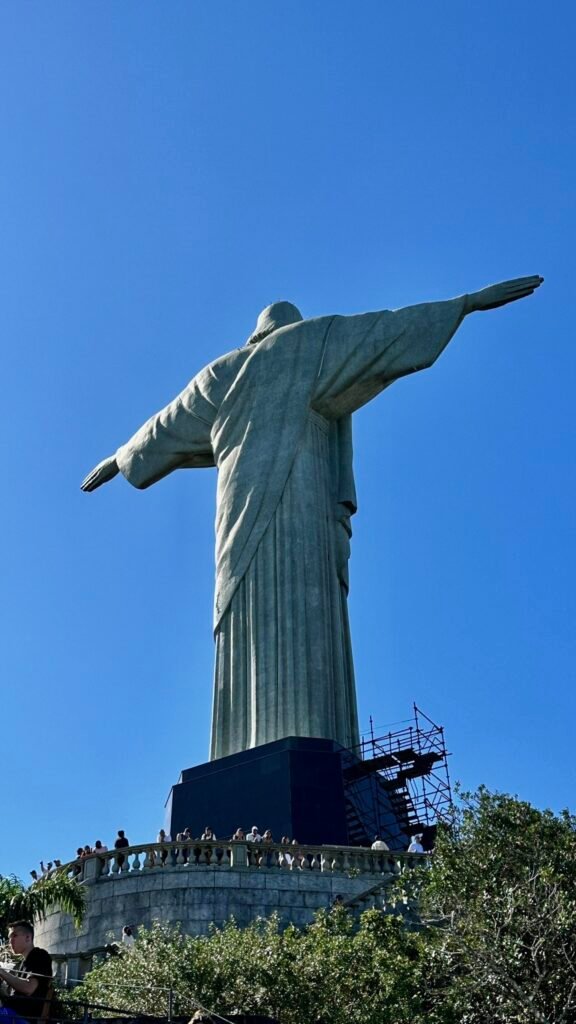
Rio de Janeiro is known for its contrasts, with the largest slum in the world right alongside its bustling areas. Locals joke that it’s a place even the devil would turn away from. The slum is a chaotic world where lawlessness reigns, crime rates are high, and black market activities are rampant. It’s right next to affluent neighborhoods, yet they’re worlds apart. Reports have shown that thousands die each year in gang violence, and the numbers are rising.
The city is a blend of paradise and hell. Christ the Redeemer on Corcovado Mountain watches over the city’s residents, while below, the slum both reveres and suffers. It’s a stark contrast, yet there seems to be a strange harmony in the coexistence of such extremes.
As the first rays of sunlight hit the statue, the city’s mix of sorrow and joy begins anew!
Copacabana Beach in Rio de Janeiro, Brazil, gets its name from an indigenous term meaning “a bend in the crescent.” From above, the beach indeed resembles a crescent moon. Known as one of the most famous and glamorous beaches in the world, it combines South American flair with World Cup vibes. The blue skies, turquoise waters, and white sand are brightly adorned with colorful umbrellas and bikinis, making it a vibrant and lively spot.
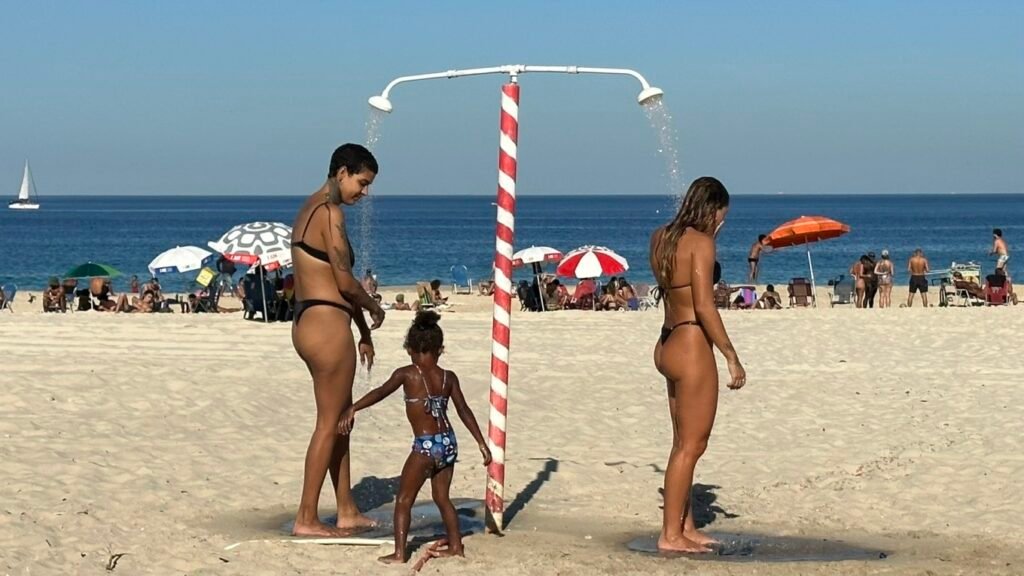

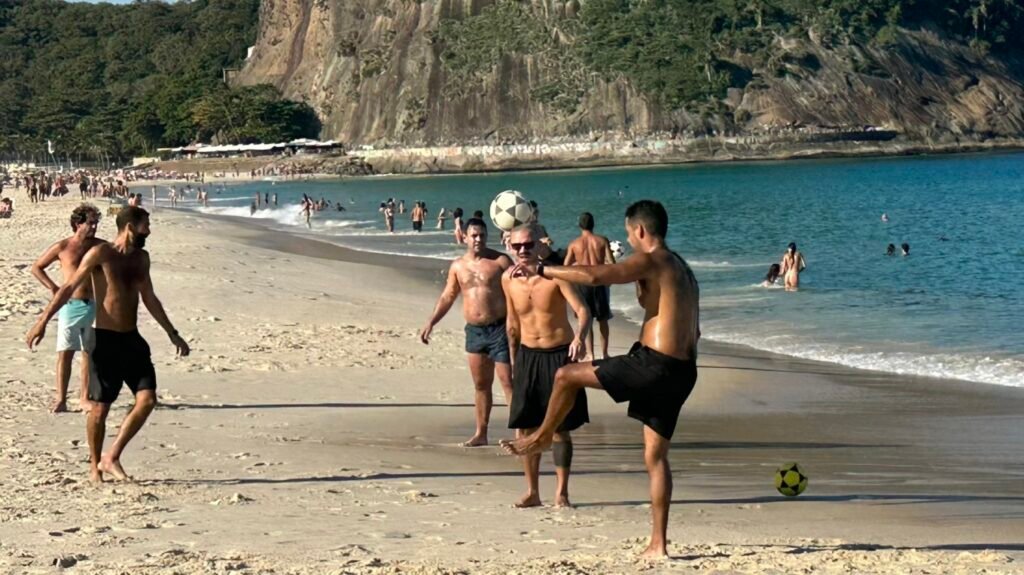

The Royal Portuguese Library (Real Gabinete Português de Leitura) is one of the most beautiful libraries in the world. Originally the royal library of Portugal, it is now the largest library in Latin America in terms of book collection. Its architecture is a sight to behold; you’d never guess it’s a library at first glance. Designed in the Neo-Manueline style, the library features intricate carvings and, most notably, a stunning stained glass dome. The light filtering through the colorful glass creates a magical, misty ambiance, making you feel like you’ve stepped into a Harry Potter-like world.
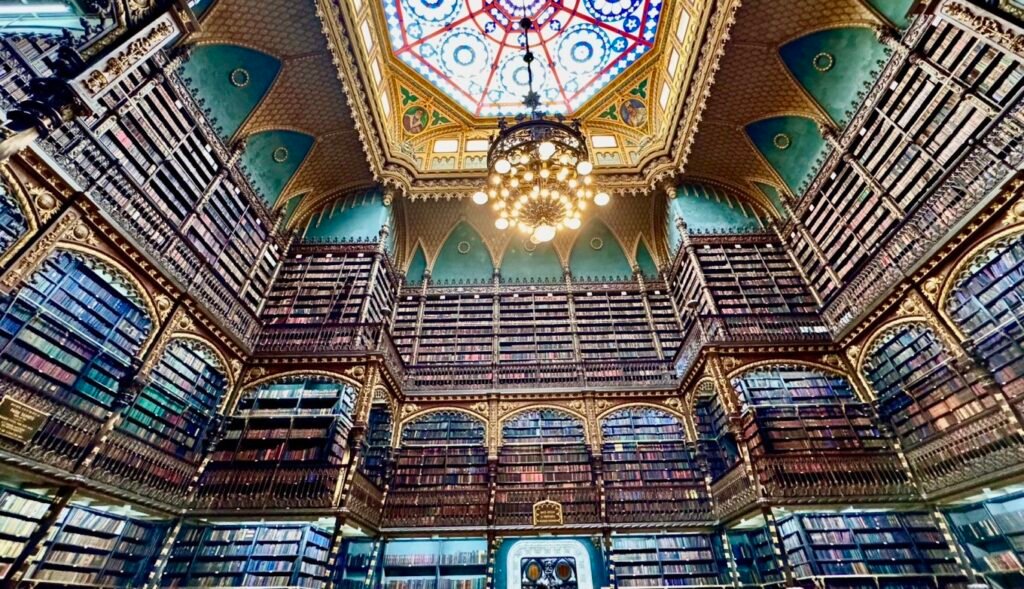
Walking through the Royal Portuguese Library, I found countless bookshelves, with all the books neatly arranged. I couldn’t help but wonder, in times without advanced technology, if people had to climb ladders and search for books one by one. The shelves feature decorative metalwork, and the chandeliers follow a vintage style. Intricate carvings adorn the arches, adding even more vitality to the library.
Such an artistic library leaves a lasting impression, even if you just sit here for a moment.
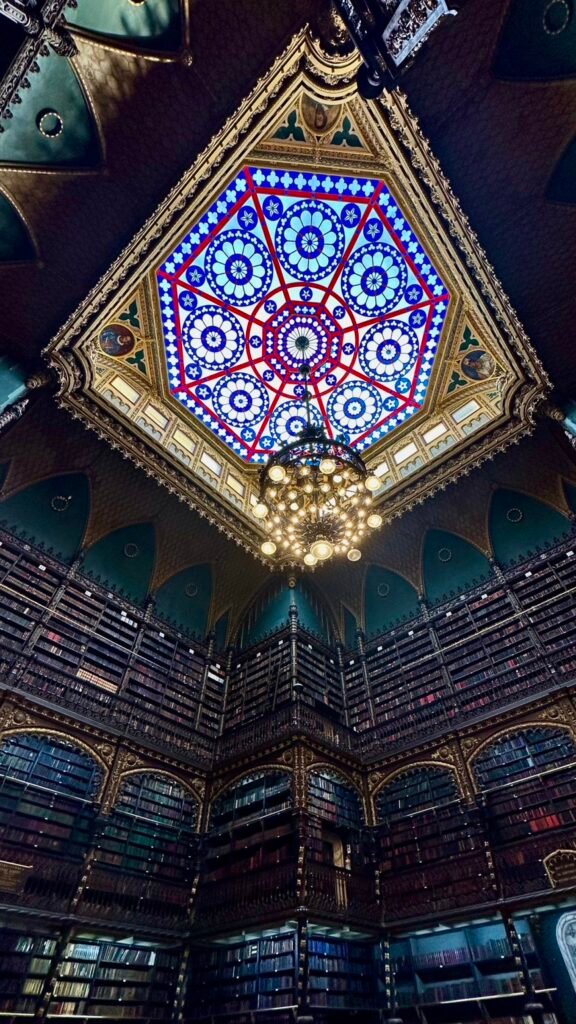
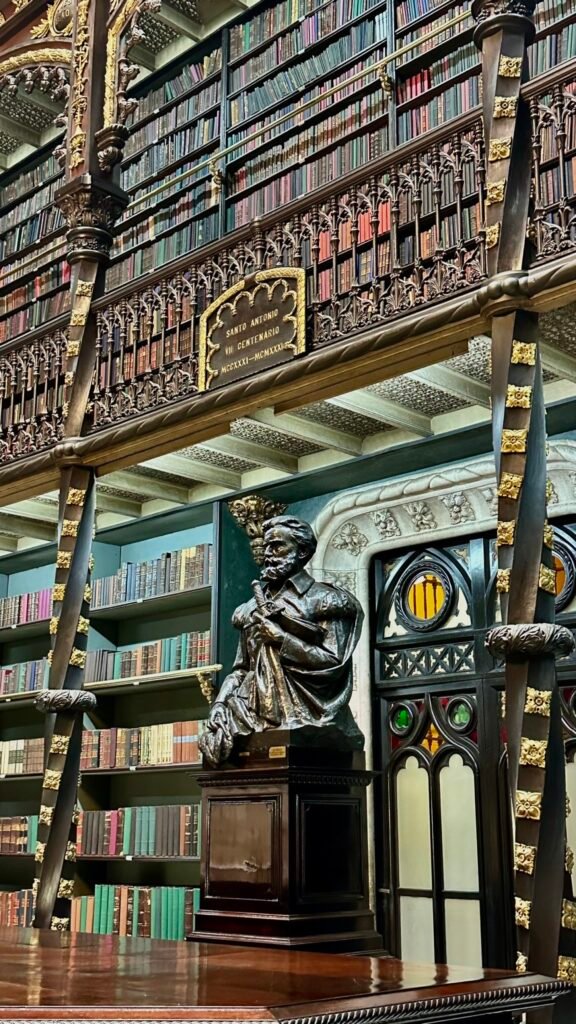

Cathedral of Brasília
The Cathedral of Brasília, also known as the Cathedral of the Ladder, began construction in 1964 and was completed in 1976. It is a modern structure made of reinforced concrete, with a conical shape standing 75 meters tall and a base diameter of 106 meters. The framework is composed of symmetrical square grids, resembling a ladder to the heavens, which is why it earned the nickname “Ladder Cathedral.” This grand building can accommodate up to 20,000 people and exudes an imposing and majestic presence.
In front of the main entrance stands a bronze statue of Pope John Paul II, while to the left is a bell tower, equal in height to the church, topped with a cross. The entire architectural complex radiates solemnity and grandeur, standing prominently in the heart of the city. Its unique design makes it a striking sight amid the modern cityscape.
Surrounding the church are lush gardens with well-maintained greenery. Though the green space is modest in size, it is charmingly designed, offering visitors a sense of beauty and tranquility.
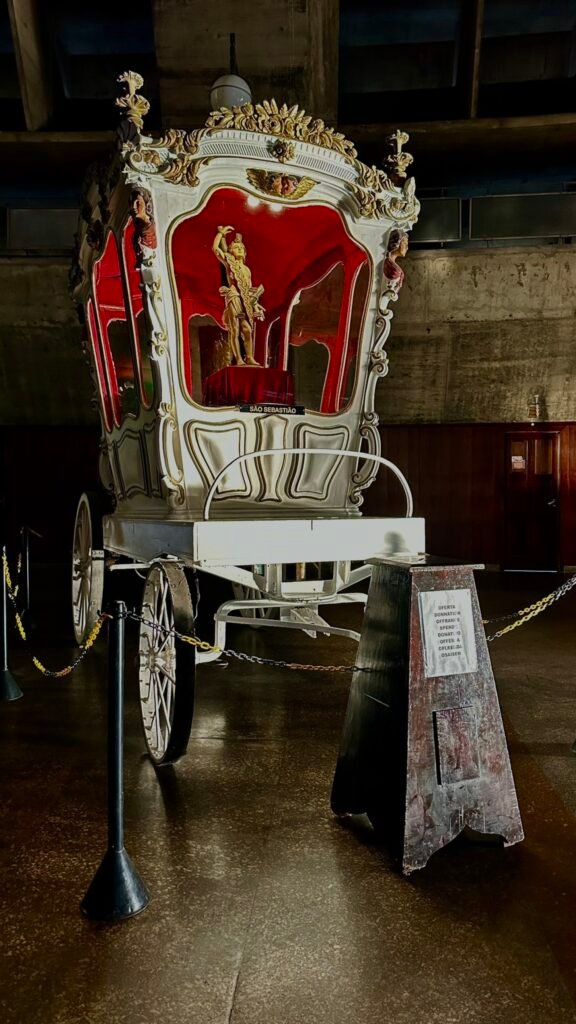
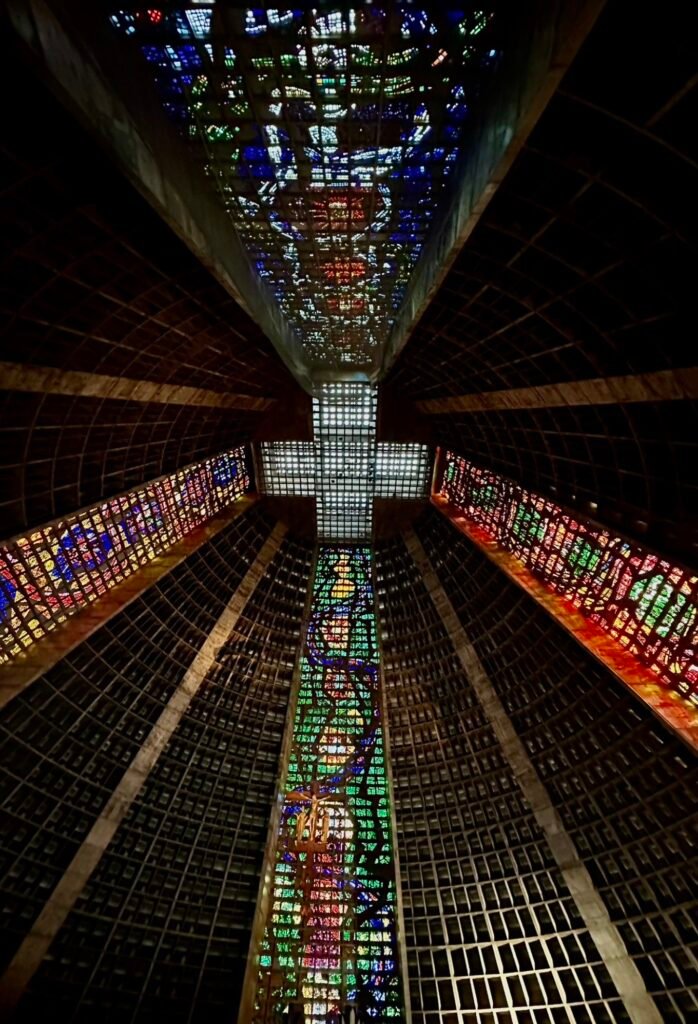
My Experience Photographing in the Favelas
We passed through several narrow paths, almost identical to those from Fast & Furious. Along the stairs and balconies, a dozen shirtless young men casually held automatic rifles, watching me with detached curiosity. Barbara greeted one of the leaders warmly. She explained that he was the third-in-command to the most powerful drug lord in the entire state of Rio de Janeiro. The top boss is just 29 years old, and this third-in-command was barely in his twenties. Whenever Barbara needed to meet the boss, she contacted him through this young leader.
Most of the gunmen were barely adults, with youthful faces still bearing traces of innocence. Yet their bodies were already marked by centipede-like scars. Their playful expressions shifted in an instant when I absentmindedly put my hand in my pocket. Two guys with gold chains immediately stood up, ready to act. Awkwardly, I withdrew my hand to show them I wasn’t hiding anything. The leader twirled his pistol with a flourish, gesturing for Barbara to escort me out quickly.
Once we left the drug traffickers’ area, Barbara began explaining the current state of the favelas. While residents have achieved a degree of peace, that only means their lives are somewhat safer. However, essential needs remain unmet. Due to the lack of a proper sewage system, people in the southern favelas still lack access to clean water. Their water sources are contaminated with waste from other residents’ toilets and restaurant kitchens, mixed with leftover grease. Drinking this polluted water inevitably makes residents fall seriously ill with each seasonal change, and many die in large numbers every winter.
People in the favelas do not have legal access to healthcare within the city. Tens of thousands of residents are served by only 400 doctors—a devastating reality, especially during the pandemic. The situation in education is equally grim. With only four schools for 30,000 to 40,000 children, each teacher has to manage around 100 students at once. Children who don’t attend school are often recruited by drug lords as early as age 12, given guns, and systematically trained to traffic drugs and commit violent acts.
While the brutal violence of the 1970s may have subsided, the challenges these communities face are more pressing than ever—how to build a better life. One of Brazil’s most expensive neighborhoods and an elite American international school are situated right at the entrance to the favela. From a slightly elevated spot, you can see this world of privilege, a world the children of the favela may never reach. Contaminated water and poor food can’t break their will to survive, but a future without hope can.
As in many parts of the developing world, education is the only path to self-improvement and social mobility. But when this path is blocked, as depicted in City of God, drugs, guns, sex, and vengeance become part of a relentless cycle that seems impossible to escape.
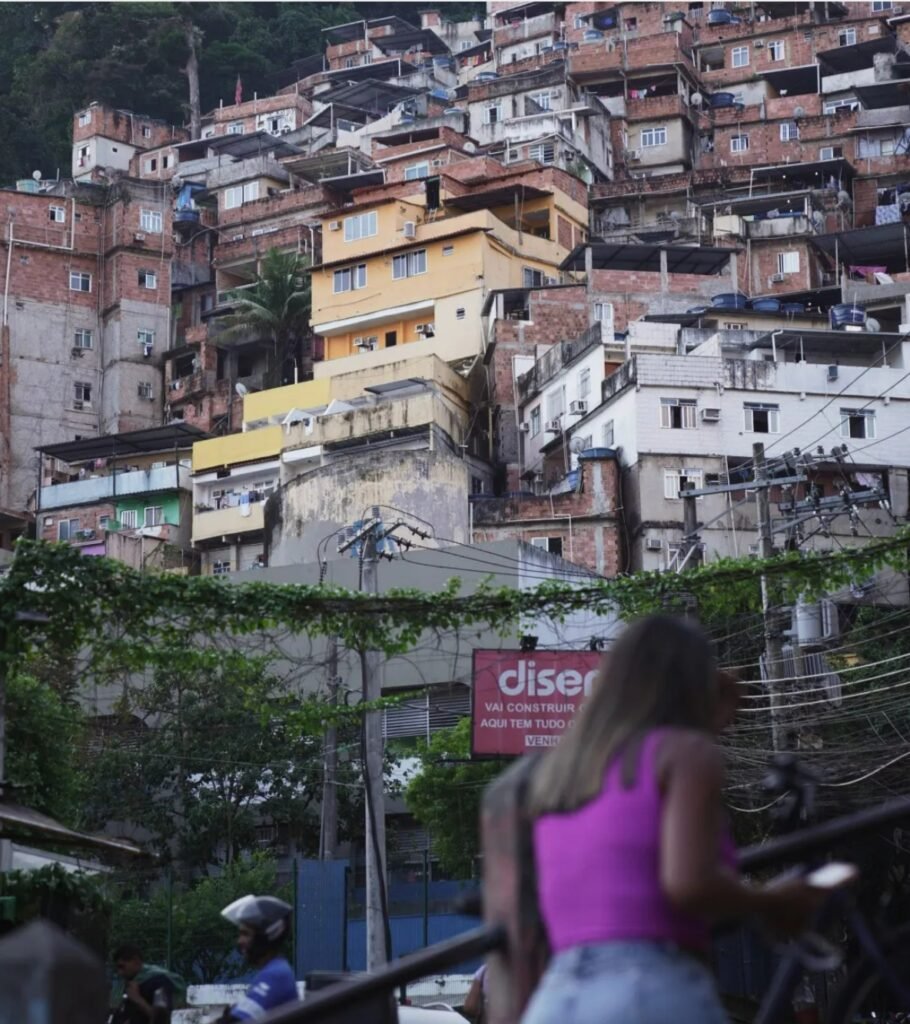
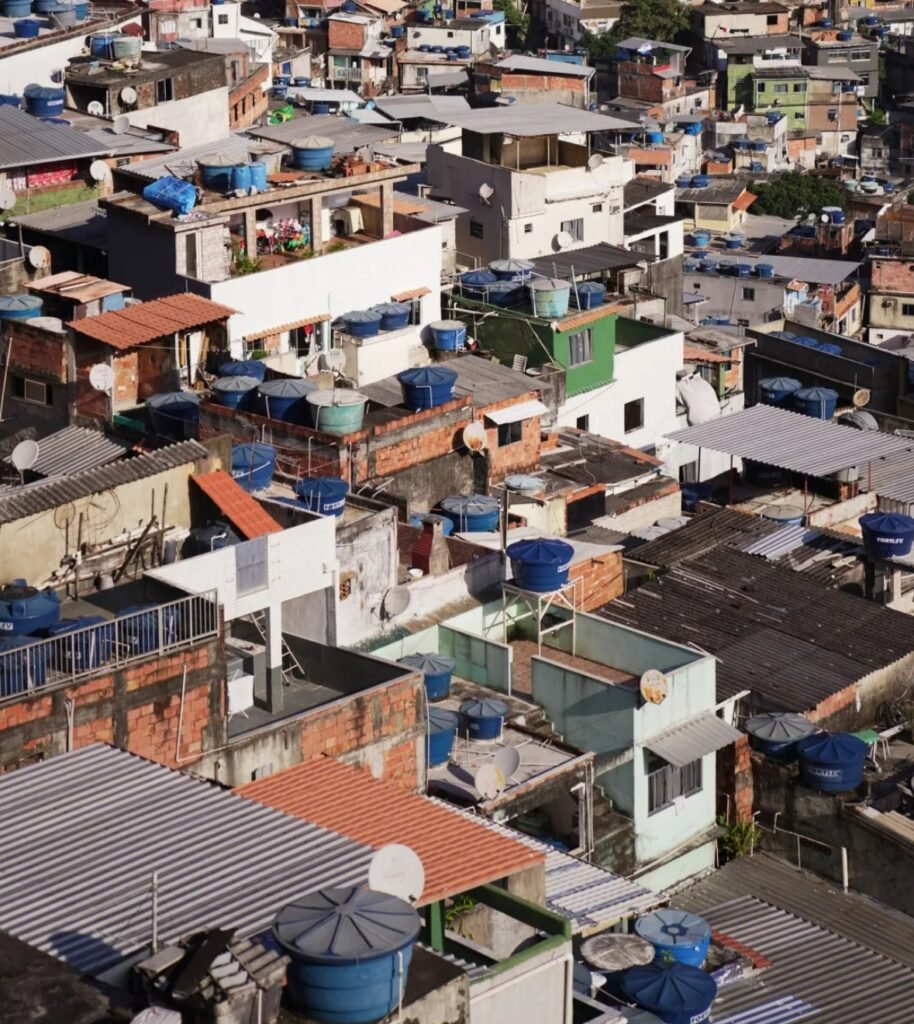
Rio de Janeiro is a city that becomes more captivating the more you get to know it—a place you fall deeper in love with over time. Life in Rio is deeply intertwined with beach culture. Stepping out from the high-rises of the CBD, loosening your tie, and reclining on a beach chair brings you instantly closer to the sea. Bare-chested boys and bikini-clad girls enjoy the laid-back lifestyle, seamlessly moving between hotels, restaurants, or hopping into taxis. Everything flows with a natural, effortless harmony.
This city enchants not only with its stunning natural beauty but also with its rich cultural heritage and unique atmosphere. The magic of Rio lies in how it defies description—the more you explore it, the more words fail to capture its essence. After experiencing the blessings of Christ the Redeemer, the sunsets from Sugarloaf Mountain, and the relaxed rhythms of beach life, you may feel as if you’ve been cursed by the Amazon, destined never to leave this “river.” The sea in July may be one of farewells, but the allure of Rio is something that lingers forever.

